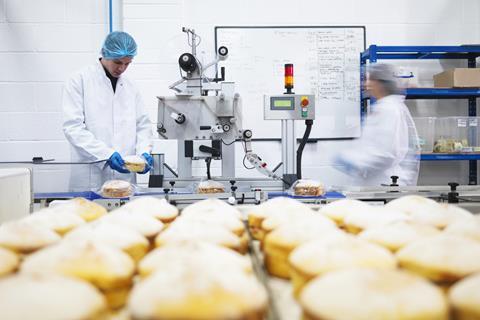
A new report from the Food and Drink Federation (FDF) has highlighted how food and drink manufacturers in communities across every UK region help contribute £37bn to the annual economy.
The free-to-download ‘Powering Communities’ report published by the trade association includes a call to government to support growth ambitions of the industry, which provides almost 500,000 jobs nationwide.
According to latest ONS data, the food and drink manufacturing sector grew by 17.9% over the past decade to now account for almost a quarter (24.2%) of total UK manufacturing turnover. Looking at the gross value added figures split into regions, we see that London and Scotland have the highest percentages of manufacturing done by food and drink suppliers, while Yorkshire and the Humber, the East Midlands, and the North West are home to the most workers. See the full table below:
| Region | Food and drink manufacturing GVA | Share of region’s total manufacturing GVA | People employed |
|---|---|---|---|
|
East |
£2.6bn |
13.3% |
41,000 |
|
London |
£3.2bn |
31.8% |
34,000 |
|
South East |
£3.9bn |
15.0% |
27,500 |
|
South West |
£2.5bn |
14.3% |
32,000 |
|
East Midlands |
£4.2bn |
20.6% |
57,250 |
|
West Midlands |
£2.4bn |
11.5% |
38,000 |
|
Yorkshire and the Humber |
£3.8bn |
17.4% |
67,000 |
|
North East |
£0.6bn |
6.7% |
13,000 |
|
North West |
£4.4bn |
15.0% |
57,000 |
|
Scotland |
£5.2bn |
30.8% |
47,000 |
|
Wales |
£1.7bn |
14.7% |
26,500 |
|
Northern Ireland |
£1.2bn |
20.2% |
22,895 |
The report dives into various extra details for each region such as which categories they excel in, their top export markets by value, and the share of businesses according to their sizes – large, medium, small, and micro.
Regions found to specialise in baked goods included the North East (Greggs is a major employer based there), the North West (Warburtons), Scotland (Nairn’s is a case study), the South East, and the East Midlands (Melton Mowbray pork pies and Bakewell tarts).
Of those employed in the £5.1bn bread and pastry sector, the North West had the top number of workers (13,000) followed by Yorkshire & Humberside on 12,000. Meanwhile bread and pastry businesses were most concentrated in London, with its 530 comprising almost a fifth of the 2,910 firms in total in the UK.
Employment in the sector is found to be growing, with 41,000 new jobs created since 2018. In addition, the number of food and drink suppliers has risen by 14% over the last five years.
Significant investments in automation, robotics, and AI, as well as R&D and innovation to create healthier products, are said to have helped drive growth. There’s still plenty more room to grow – the Future Factory report released by the FDF in November 2024 identified a £14bn productivity gap waiting to be tapped.
However, the sector is facing a host of impending challenges with the FDF’s recent ‘State of the Industry’ report revealing that food and drink business confidence declined to -47% in Q4 2024 due to growing inflationary pressures, barriers to trade, and the upcoming Extended Producer Responsibility fees for packaging.
“Our industry is vital to ensuring we have a thriving food system here in the UK, providing high-quality, affordable food,” commented Jim Bligh, director of corporate affairs, communications and packaging at the FDF. “And we are a major part of the UK’s wider manufacturing sector, offering good careers, driving investment, and promoting international trade.
“But with food and drink businesses under increasing pressure, we’ve reached a pivotal moment where government must act to safeguard this foundational sector’s future growth and the UK’s food security. We’ve set out more than 40 steps government can take to remove unnecessary roadblocks to growth for the benefit of every community in the UK,” added Bligh, referring to the ‘Ingredients for Growth’ report released last month.


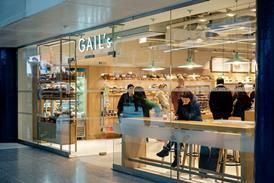
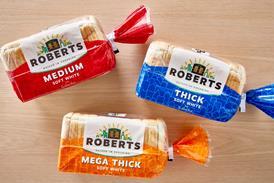





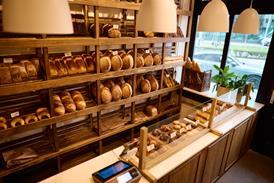

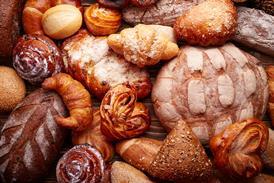



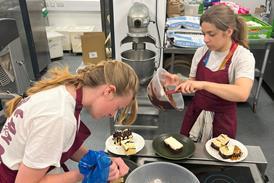



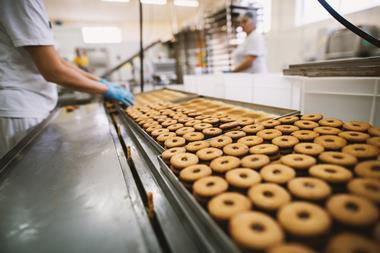

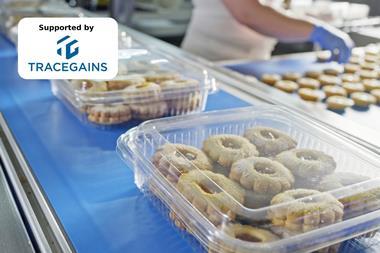

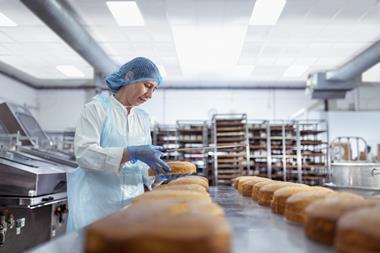


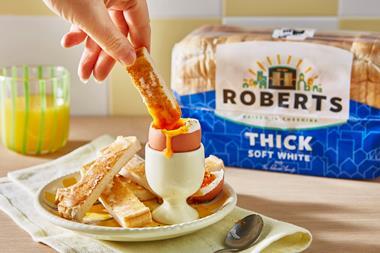
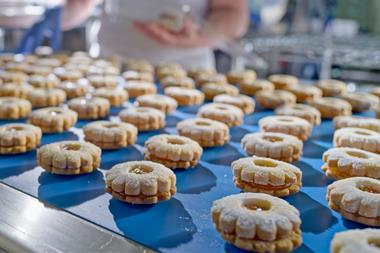
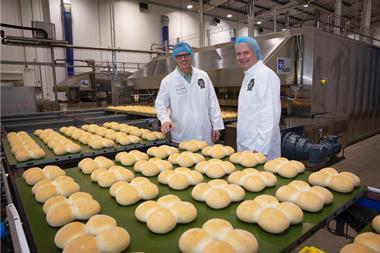


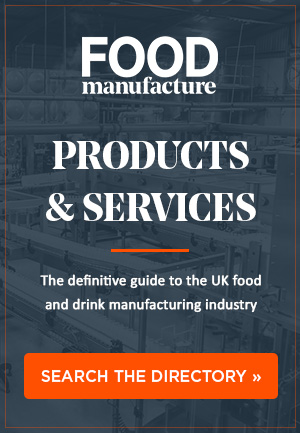
No comments yet